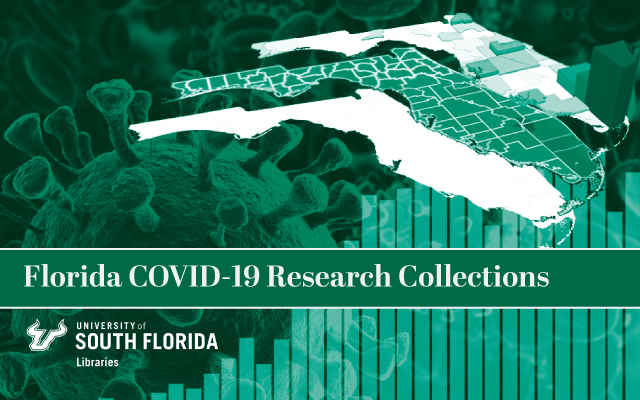
All publications
Document Type
Article
Publication Date
2020
Keywords
Accessibility, COVID-19, testing, inequality, GIS
DOI
https://doi.org/10.1080/19475683.2020.1833365
Abstract
Massive and rapid testing is crucial for containing the spread of COVID-19. Health and policy planners must ensure that access to and uptake of SARS-CoV-2 testing is adequate and equitable. This study measures the spatial accessibility to testing sites in Florida at the census tract level at the end of May 2020, using the 2-step floating catchment area method that integrates both driving and walking modes. Accessibility scores were found to be heterogeneous across geographic regions and among different groups of people. In particular, many rural areas were in a testing desert. While people in larger cities tended to have better accessibility to testing, many did not have adequate accessibility at that time due to both capacity limitations and spatial factors. In particular, people without access to private vehicles and the elderly faced disadvantages in accessibility to testing sites even in urban areas. However, Black and low-income groups were disproportionally concentrated in neighbourhoods with above-average accessibility due to their closer proximity to testing sites. These results suggest that increased efforts are needed to reach vulnerable populations, including the elderly and those without private vehicles.
Rights Information

This work is licensed under a Creative Commons Attribution 4.0 License.
Citation / Publisher Attribution
Annals of GIS, v. 20, issue 4, p. 319-327
Scholar Commons Citation
Tao, Ran; Downs, Joni; Beckie, Theresa M.; Chen, Yuzhou; and McNelley, Warren, "Examining Spatial Accessibility to COVID-19 Testing Sites in Florida" (2020). All publications. 8.
https://digitalcommons.usf.edu/usf_fcrc_all/8

